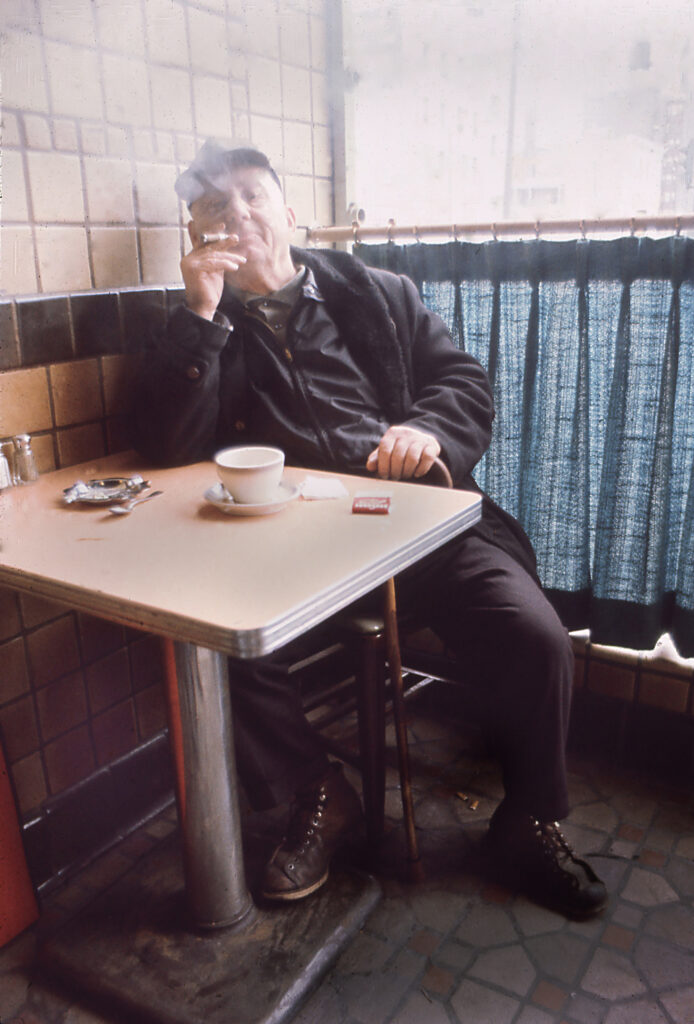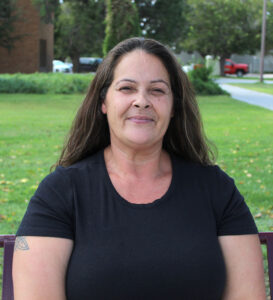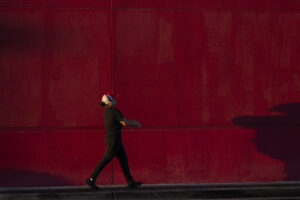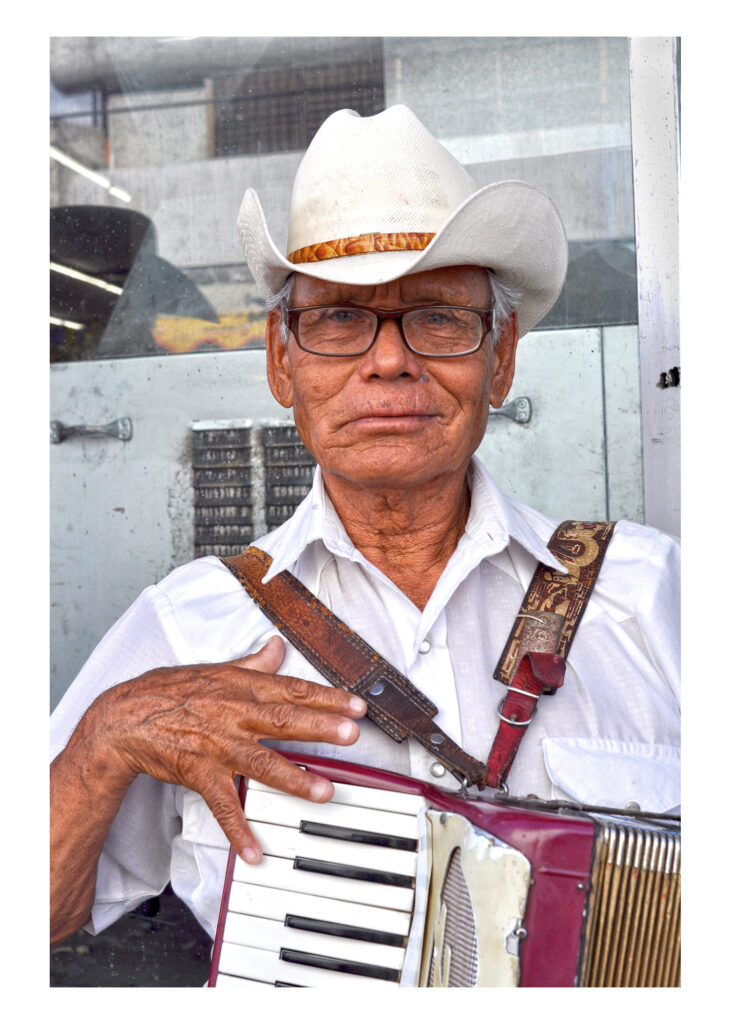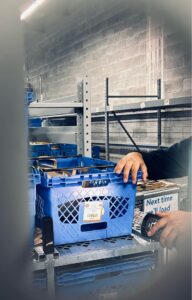Reflecting on Photojournalism
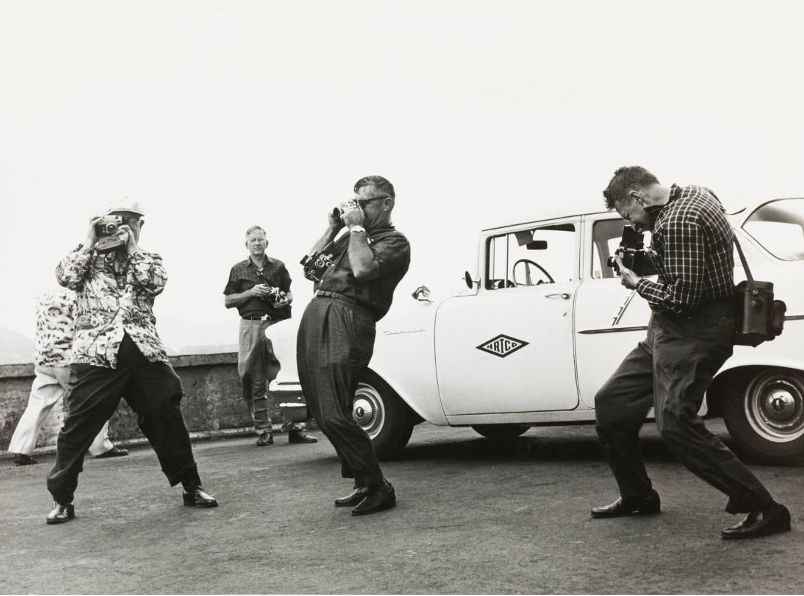
American photographers on a windswept mountain on Hawaii. 1959. by Lucien Aigner.
Photojournalism is a small glance into reality, an instant to everyday life. Every photo helps to give that slice of life to every story, and it’s important to have a good degree of photos in journalism. There’s still a profession. After all, photojournalism should remain a staple in media as it should be the norm to at least take a photo to prove the legitimacy of a story or the consequences that revolve around it.
I understand that selling your work to news broadcasts or websites can allow you to make a living out of photojournalism. Now, I find it sort of difficult to achieve this as every photo should be perfect and completely sum up the situation of every story.
Here are some of those photographs that tell a story from the past and present, that gives a glance:
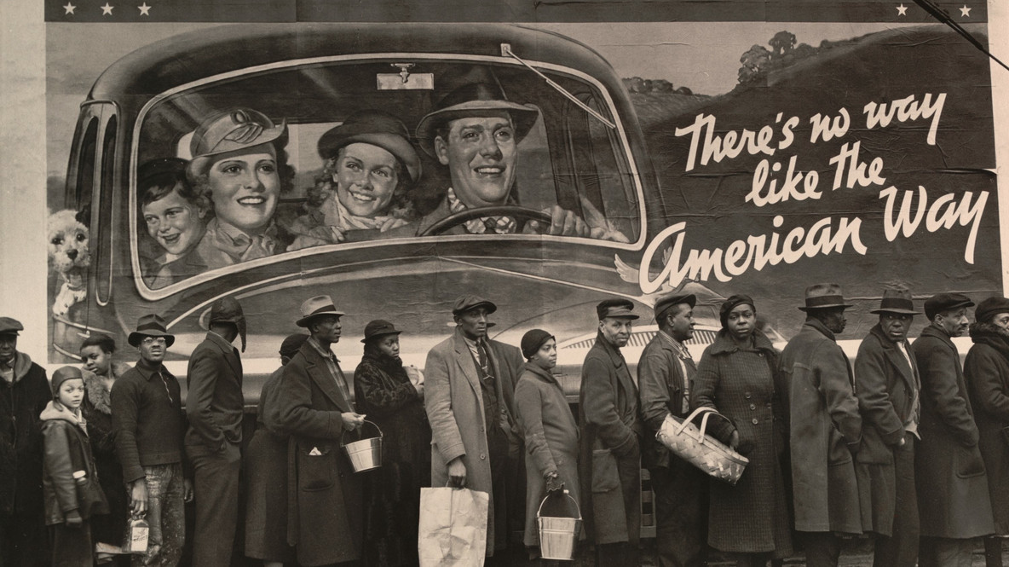
-What I like about this photo is that it captures the irony of how Americans were expecting their way of life in the billboard, but facing a reality thanks to the Great Depression. I think the author captured the best moment and by using natural sunlight she was able to put the board in frame alongside the people waiting in line for their bank to reopen after a big flood. Her main focus is to obtain what the true American lifestyle was during the time. I don’t think I could replicate a photo like this in Las Cruces as situation like the Great Depression and banks letting a large number of people down hasn’t been replicated. This photo is a prime example of being in the right moment and the right time.

-Handheld photography is a revolutionary invention. Everyone just looking to take the best photo and share the memory in later years. The timing is quite impressive as the author took the photograph with 4 subjects in the frame, all holding a camera. The Hawaiian sunlight is the direct light source. I think the main focus for this is the photograph extravaganza of the age. It would be interesting to take a picture like this now in Las Cruces as people now wouldn’t make extreme poses to take the picture.
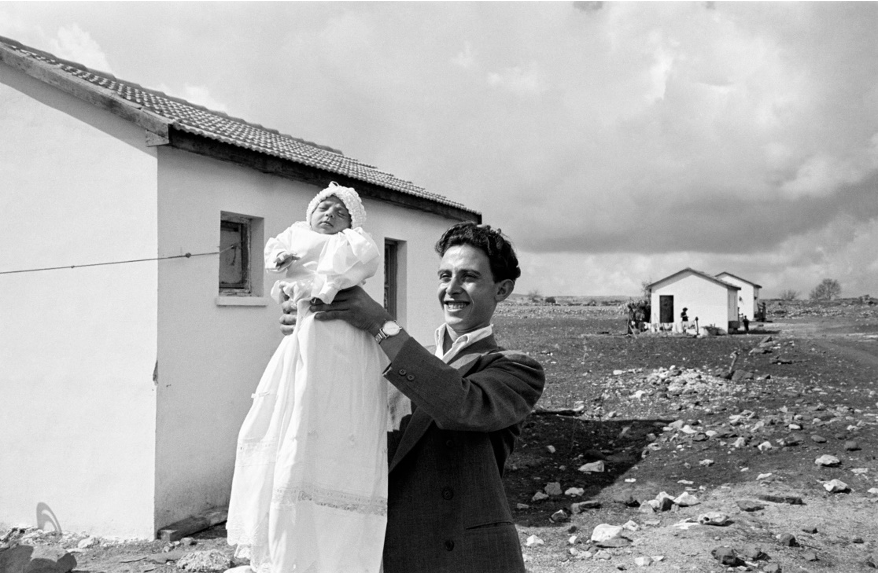
-Much as its name suggests, this is a very special moment for an Italian immigrant settlement. Allegedly a man is happy for being a father as he takes a picture with his newborn. For me, it’s this type of picture that goes straight into my mind. It’s hard for me to find any form of happy faces or anything like that during this time, as people commonly make serious faces when taking a picture. Here, the author, captured this man’s happiness as the setting and light are natural in every way. I could replicate this photo today in Lac Cruces, but it should be in a very special circumstance.
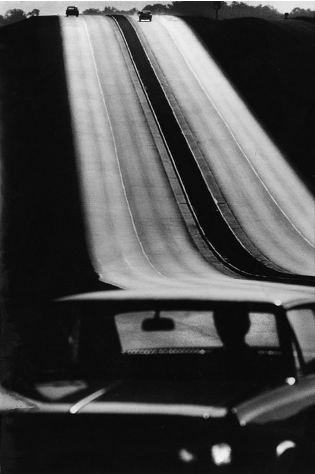
-What I like the most is the lines of Route 70 just taking control of the photograph. This image for me represents the future of the United States in roads as cars became the new norm during the second half of the last century. I am not sure if sunlight or moonlight participated in this picture as everything looks quite dark. I could try to replicate this photo, at least in the I-10 but the perspective here is quite specific to replicate.
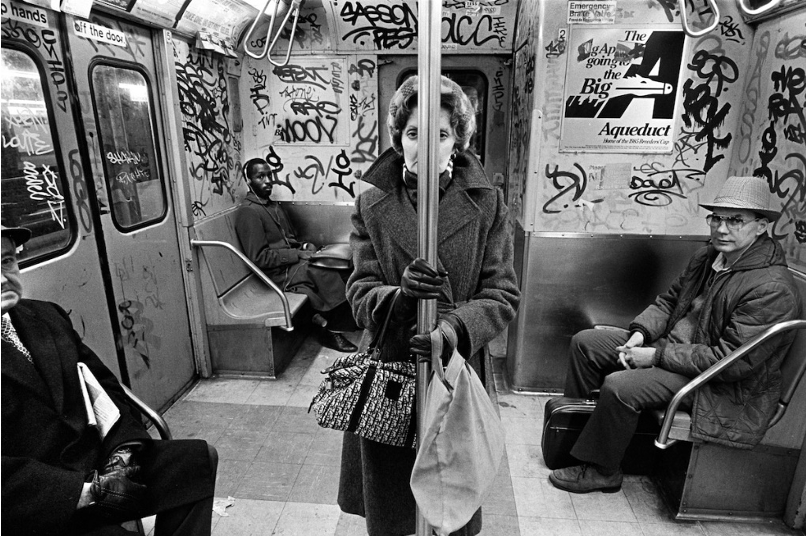
-The New York metro is a staple of the city, the many stories and people that visit them every day are unbelievable. Normal people use it every day and this picture shows the culture behind New York. It’s a city for strangers, it can be dangerous but beautiful sometimes. I think Richard Sandler captures this brief moment of the New York metro and this lady in the pole as it divides the frame nearly perfectly. The artificial light and graffiti behind give it another sense of the word ‘’culture’’.
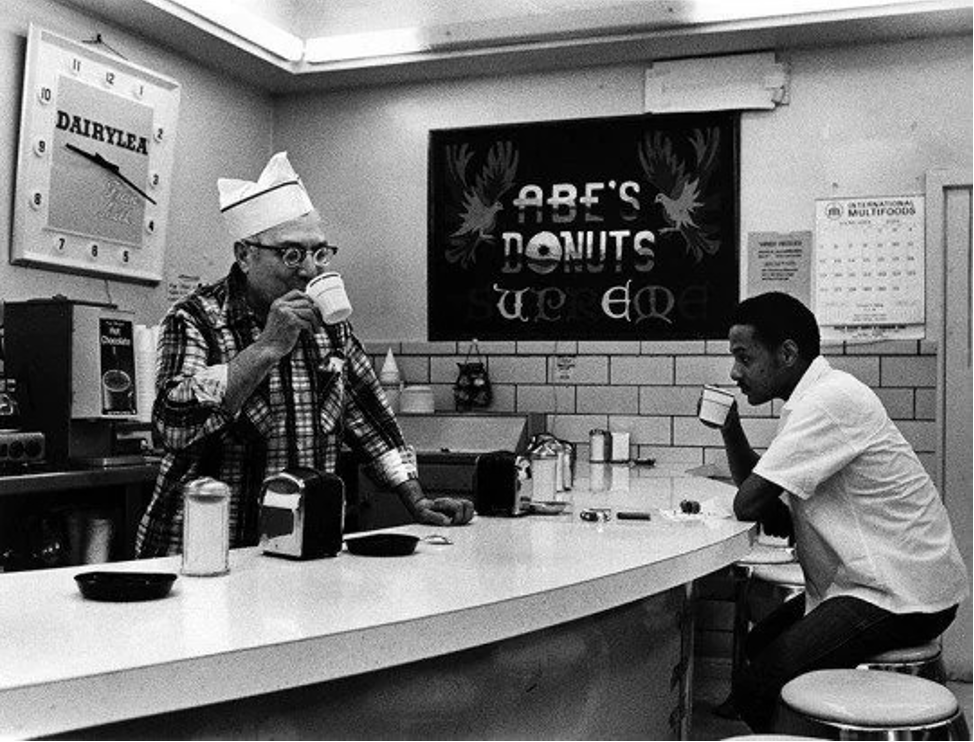
-Before there were phones there were people’s conversations. Yes, we still have them, but I can’t help to feel this wish to travel back in time to a time when people had all sorts of conversations. And more to coffee places like these. I like how the artificial light of the establishment invades the picture, it is clear and gives a quick look back to 1975. The moment here is perfect as it captures that quick break between the conversations just to drink some coffee, before clearly continuing. I am sure I could take a photo like this in every place that sells donuts and coffee; as long as a barista engages in a conversation with somebody else.
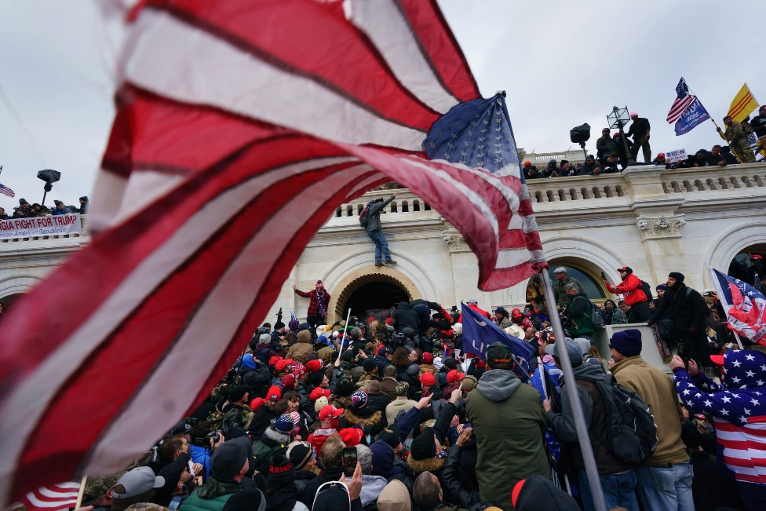
-I think this photo perfectly captures a modern situation and again with that American irony of freedom and that impossible American dream. There will be always disagreement in politics. The flag takes the majority of space in the frame and with cloudy weather, the light is grim; perfect for the moment as a crowd of people storm the capitol. I understand that being in situations like these, the author puts herself in danger, but you need to do anything for the photo. I don’t think I could replicate this photograph in a place like El Paso or Las Cruces, the situation should be extremely specific.
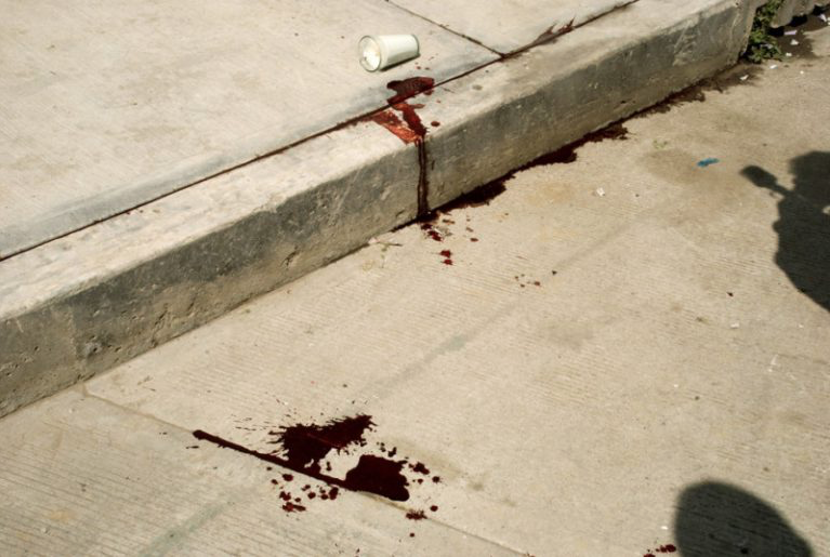
-Tragedies are part of the journalistic side of media. In this photograph, the author captures what appears to be another tragedy in Mexico City. The only people we see in the frame are shadows as the photograph focuses on the blood recently dropped on the floor. The candle remains untouched as it only lies on the concrete floor. The lightning was done thanks to sunlight and it would be no easy task to find this unsettling situation in Las Cruces/El Paso.
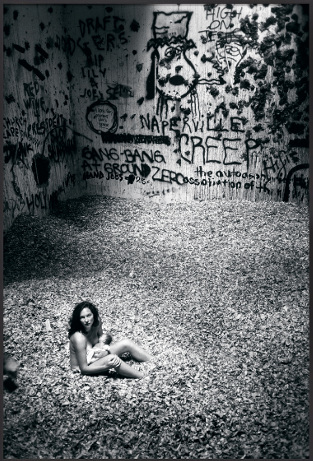
-Dash Snow was a photographer who constantly captured that drug/sex freedom life during the 1990s in New York. In this photo, he captures the moment where a lady feeds a child while she is surrounded by leaves in a dark corner of the city. The source of light is the direct sunlight that manages to show the subject and her actions. I don’t think I could replicate this photo in Las Cruces or El Paso as it is because of how hard the situation could have been in a big city like New York and the many drug problems that came during that decade.
Is important to credit everyone’s work and not plagiarize. The second is to not heavily edit photographs as it would go against the ethic of journalism of ‘’telling the truth’’. Nowadays is highly prohibited to use generated IA images as these IAs borrow references across the internet and it could make plagiarized art to interfere with copyright laws.
